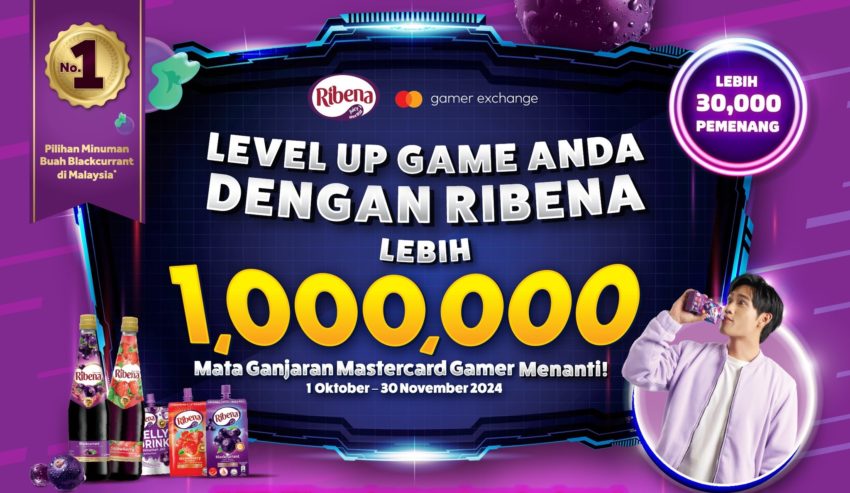Mobile app marketing and retargeting platform Liftoff today released its 2019 User Acquisition Trends & Benchmarks report, which shows that the growth in mobile games is accelerating and is set to reach a 60 percent market share in gaming consumer spend this year.
Done in conjunction with mobile app measurement and attribution platform AppsFlyer, the report highlights that Casual Games dominated the mobile gaming industry bringing in over US$3 billion in sales in in-app purchases revenue – suggesting that these are likely to retain customers in the long term.
To illustrate, puzzle games alone generated 34 percent more revenue than the year before, in addition to arcade games generating nearly twice as much than the previous year. Despite the high cost of acquiring a new gaming user, the user’s interest to continue game play far outweighs the relatively steep cost of US$30.05 to acquire a new user.
A significant component of the casual games market is the Hyper Casual games segment, which is also proving to be a lucrative medium for monetization.
This is as these games, by design, make money through advertisements, and data from app analytics firm Apptopia data pegs worldwide downloads of Hyper Casual gaming apps at nearly 630 million – generating over US$53 million in in-app purchase revenue.
The Liftoff report shows that Hyper Casual titles are creating new audiences; not cannibalizing existing ones. Supported by data from App Annie, Hyper Casual games have expanded to audiences that do not necessarily self-identify as gamers.
“The casual mobile gaming market is on the rise and has been precipitated by a perfect storm of marketing conditions,” said Dennis Mink, the VP of Marketing at Liftoff.
“Still, there will be moderate increases in costs and impressive double-digit conversion rates point to users still needing some convincing early in the funnel. Nevertheless, trends show that they are willing to pay, play and stay around – particularly if the sub-category offers a habit-forming core loop. This impact will be especially prevalent in emerging regions where the potential is huge yet offer lower costs and healthier retention curves.”
Moderate increases in costs and impressive double-digit conversion rates indicate that users still need some convincing early in the funnel, but they are willing to pay, play and stay around—particularly if the sub-category offers a habit-forming core loop.
Likewise, Social Casino games have captured the gameplay market by tapping into users’ emotions, whilst also promoting friendly competition. This, in combination of competition and low risk investment is likely to ensure user retention.
To support this fact, the Social Casino game industry generated US$1.27 billion within the first few months of 2018. The Liftoff report also shows that Social Casino users offers high rewards and a strong customer loyalty; in addition to suggesting that Social Casino users are trendier in the West than they are within Asia.
According to Shani Rosenfelder, Head of Content and Insights at AppsFlyer, “Social Casino marketers have become experts at driving users back to their app over time and maximizing monetization potential in the process. But recently we’ve seen the rapid advance of in-app advertising and events aimed at integrating advertising into the gameplay in order to monetize non-paying users, which is the segment that comprises the vast majority of users.”
Social Casino gameplay has a retention rate of 32.2 percent on Day 1 and maintains this retention rate all the way into Day 30. Still engaged, users maybe welcome campaigns and messages that encourage them to further engage in more gameplay.
MARKETING Magazine is not responsible for the content of external sites.











Comments are closed.